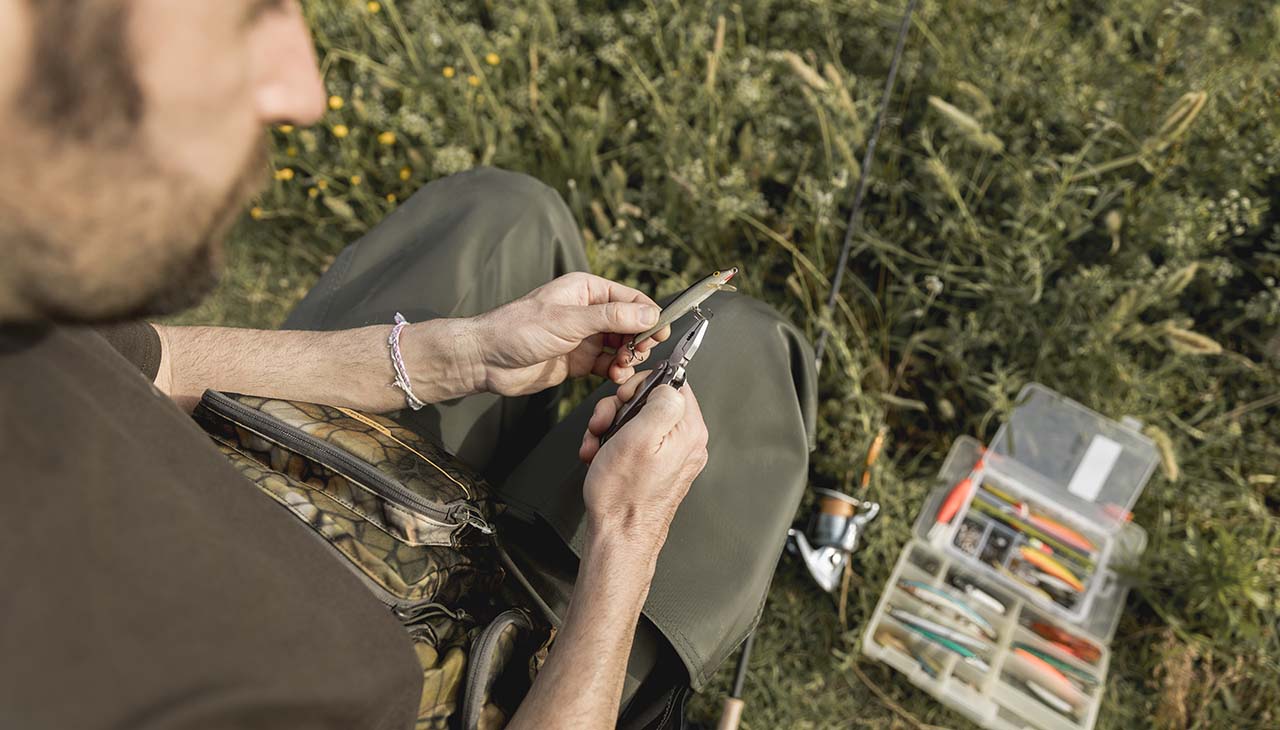Venturing into the great outdoors offers unparalleled opportunities for adventure, awe, and escape. But with this freedom comes potential hazards, which can turn a day trip into a test of survival. Whether you’re a seasoned backcountry explorer or a weekend hiker, honing your survival skills can mean the difference between comfort and calamity.
In this comprehensive guide, we’ll take you through fundamental survival techniques that are essential for anyone planning to spend time outside. From navigating unfamiliar terrain to finding reliable sources of water, mastering these skills will not only bolster your confidence but could also save your life in an emergency.
The Navigational Niche
When it comes to survival in the wild, knowing your way around is non-negotiable. Consider this your compass to the world of direction finding.
The Art of Reading Terrain
Before you set out on any outdoor excursion, take the time to study the area’s topography. Identify landmarks and note their positions in relation to the directions on your compass. Learn to gauge distances and gauge speeds to estimate how long it will take to reach a destination. By enhancing your natural sense of direction, you’ll be less reliant on tools in a pinch.
Digital Versus Classic Navigation
With the advent of GPS technology, finding your way has become more precise than our ancestors could have dreamed. However, batteries die, and systems fail, so it’s crucial to have a backup plan. Familiarize yourself with traditional map-and-compass navigation, practicing both in easy and challenging environments. Your field skills will thank you.
On a Foundation of Shelter
Shelter is your first defense against the elements. It provides warmth, a sense of security, and a place to rest when the wilderness won’t give ground.
Choosing a Shelter Site
Select a location that is flat, dry, and close to natural resources. Avoid low-lying areas that may flood, and be cautious of potential falling hazards, such as dead branches. Keep an eye out for spots where animals might bed down, and steer clear of those unwanted roommates.
Building a Basic Shelter
Learn to construct a simple lean-to using nearby branches and foliage. This classic design can be erected quickly and enhanced over time as you gather more materials. Remember to insulate the ground with pine needles or leaves to prevent heat loss.
The Spark of Firecraft
Fire is a core element of survival; it keeps you warm, wards off predators, cooks food, and can signal for rescue.
Traditional Fire-Making Methods
Friction fire methods, such as the bow drill or hand drill, require patience and technique but can be done with minimal tools. These methods are not just historical novelties; they’re practical skills to master for the challenge and the potential life-saving capability.
Modern Fire-Starting Tools
Include at least two reliable fire-starting tools in your kit, such as waterproof matches, a butane lighter, or a fire steel. Practice creating fires in various weather conditions to simulate realistic scenarios — fire-making is as much a mental game as it is a physical one.
Water, Source of Life
In the wild, water can be both the source of vitality and vulnerability. Knowing how to find and purify it is essential.
Finding Water
Seek out potential sources like streams, rivers, and lakes. Pay attention to animal tracks and game trails, as these can lead to water. You can also collect morning dew or rainwater, but always purify it before consuming.
Water Purification Methods
There are several ways to render water safe to drink in the wilderness. Boiling is the most reliable method. If you can’t boil water, learn how to construct a solar still or use a portable water filter or purification tablets. Always double-check to ensure the water doesn’t contain visible contaminants before purifying.
The Bandage Basics
Accidents happen, and knowing how to administer first aid is a requisite skill for outdoor enthusiasts.
Essential Wilderness First Aid Techniques
Learn how to treat common outdoor injuries such as cuts, wounds, sprains, and insect bites. Practice proper bandaging and understand when and how to suture in the case of a severe laceration. A little knowledge and preparation go a long way in managing these incidents confidently.
Stock Your Wilderness First Aid Kit
Equip your pack with the essentials, including bandages, gauze, adhesive tape, pain relievers, antihistamines, and an emergency blanket. Know how to use every item in your kit before you need to use it — being familiar with your tools is just as vital as packing them.
The Mindset of a Survivor
Perhaps the most critical survival skill isn’t a physical technique at all; it’s your mindset.
Staying Calm and Collected
It’s natural to feel fear in a survival situation, but panic can be deadly. Practice mindfulness and breathing techniques to help manage stress. Focus on the immediate tasks at hand and prioritize your survival needs.
Keeping the Flame of Hope Alive
A positive mindset can be as crucial as any tool. Remind yourself that many people have survived similar ordeals, and you can too. Engage in positive self-talk and visualize positive outcomes. Your mindset can be the catalyst for active survival behaviors.
In summary, arming yourself with the knowledge and skills outlined in this guide is an investment in your safety and enjoyment of the outdoors. Continually practicing these techniques will build confidence and potentially turn any casual outdoor enthusiast into a competent and resourceful survivor. Remember, each of these skills is an opportunity to further appreciate the natural world and to develop a deeper connection to the environment that we all share.

